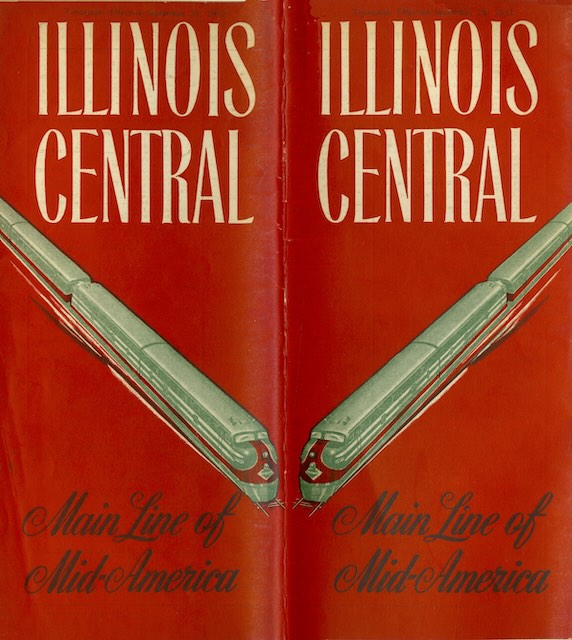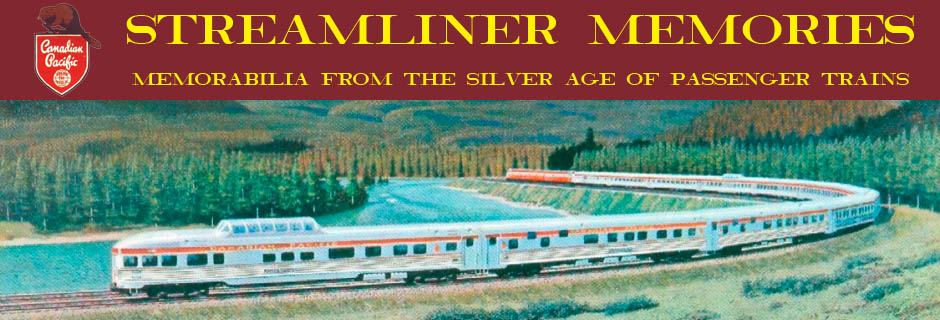Most pages of this timetable are nearly identical to those of yesterday’s, which was issued 17 months before. In place of the “vacation I.Q. test” was a blurb about the Panama Limited. The ad didn’t say so, but in 1952 Illinois Central made the Panama even more luxurious by adding two-unit diners that had originally been intended for the C&O Chessie.
 Click image to download an 20.9-MB PDF of this 36-page timetable.
Click image to download an 20.9-MB PDF of this 36-page timetable.
As with yesterday’s timetable, this one devotes all of page 2 to text supposedly written by IC vice president R.E. Barr. This essay brags about how courteous IC employees were and how much they respected passengers and shippers. But passengers met IC personnel throughout their journeys and could judge for themselves how courteous they were. Methinks anyone who has to devote a full-page article bragging to customers about employee courtesy doth protest too much.
The 36 pages of this timetable testify to how many passenger trains IC was operating in the early 1950s. It trunk line, however, was the route between Chicago and New Orleans over which it operated four daily trains each way: #1 & 2, the all-coach City of New Orleans; #3 & 4, the Louisiane; #5 & 6, the all-Pullman Panama Limited; and one more coach-only train.
Despite this seeming plentitude, really only the Panama and City of New Orleans were suitable for long-distance travel. The Louisiane was inaugurated in 1916 when IC completely re-equipped the Panama and used the cast-offs for the Louisiane. After the City of New Orleans was introduced in 1947, the Louisiane became a tertiary train.
By 1950, the Louisiane had sleepers, coaches, a diner, and lounge, but they only went between Chicago and Memphis, with the southbound coaches continuing on to New Orleans. Northbound, those coaches went on unnamed train #22 to Memphis, where they had an 11-hour layover before continuing to Chicago on the Louisiane. I can’t tell from available photos, but I suspect in 1952 the Louisiane still had a lot of heavyweight equipment.
Unlike the City of New Orleans, the fourth, coach-only train had no dining or lounge cars. It was called #25, the Southern Express, southbound and #8, the Creole, northbound. That was a change from 1950 when the northbound train was called, more logically, #26, the Northern Express. Don’t be fooled by the word “express”: the train took 23 hours to get from Chicago to New Orleans, compared with about 16-1/2 hours for the Panama and City of New Orleans, mainly because #25 and #8 made quite a few more stops than the faster trains.
The Panama, by the way, operated on the same schedule as in 1950. However, the City of New Orleans took a half-hour longer in 1952 than in 1950, when it took less than 16 hours between the two cities. At an average speed of almost 58 miles per hour, that was the fastest speed of any train ever in that corridor.
